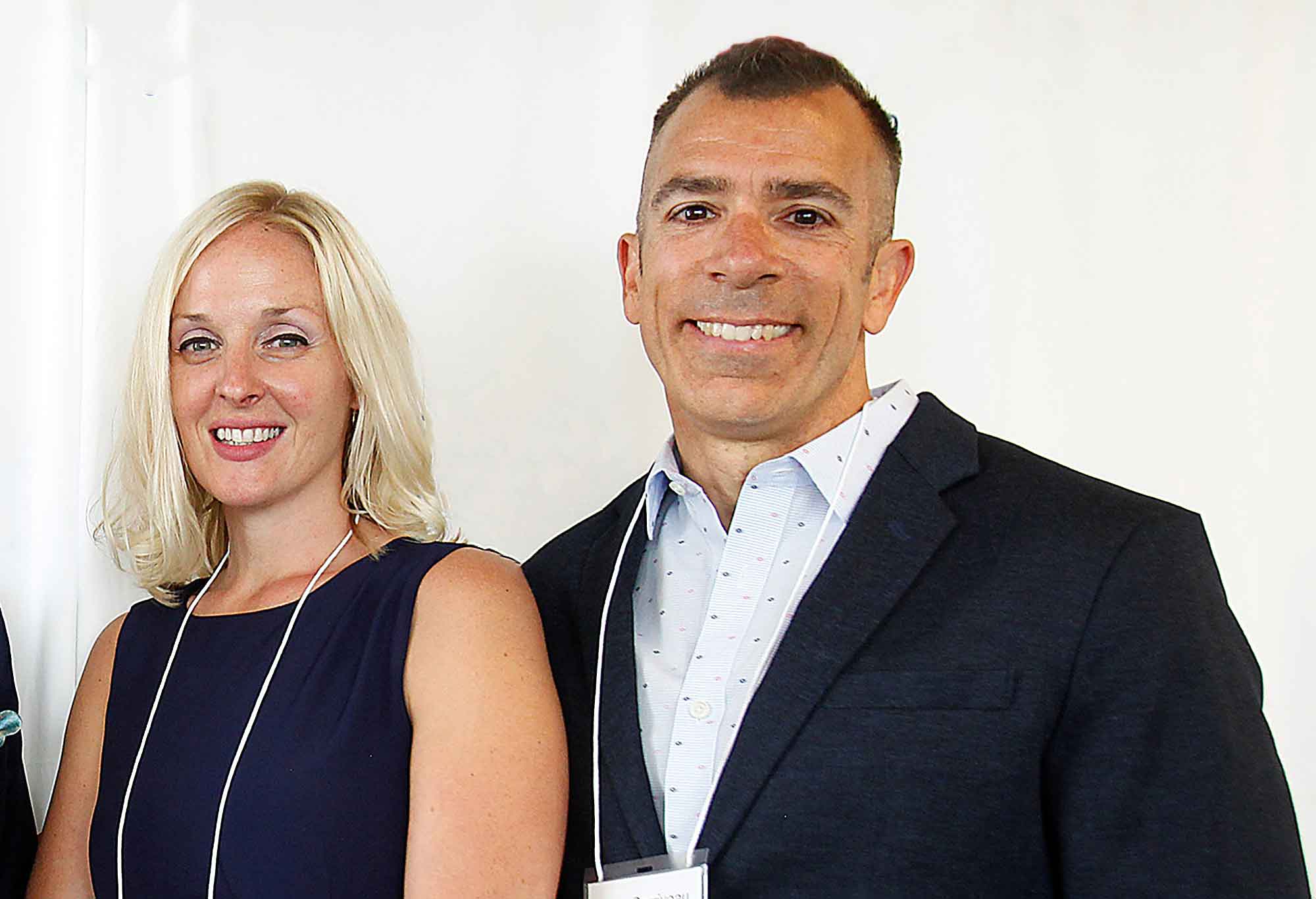
A study led by UWindsor researchers aims to equip Canada with a diverse and inclusive pool of leaders for the clean energy sector of the future.
The Environmental Energy Institute’s Lindsay Miller and Rupp Carriveau say a new research program they’re spearheading will help bridge the gaps between the technical, economic, and political aspects of the nation’s energy sector.
“While our energy systems are presently undergoing an unprecedented spectrum of change, the same cannot be said for the conventional educational pathways that were designed to produce the highly qualified people (HQP) to drive the energy sector,” Dr. Miller says.
Using a multi-stakeholder approach, the initiative will inform clean energy curriculum development and encourage underrepresented minorities to pursue clean energy careers.
As leaders of the Climate Led Energy Evolution Network 2040, Miller and Carriveau have developed an international network of stakeholders across universities, businesses and government agencies with a vested interest in the future of energy systems.
This broad and diverse cross section of clean energy sector stakeholders will help identify gaps between skill sets and current Canadian post-secondary clean energy curriculum.
— Published on Jun 11th, 2021
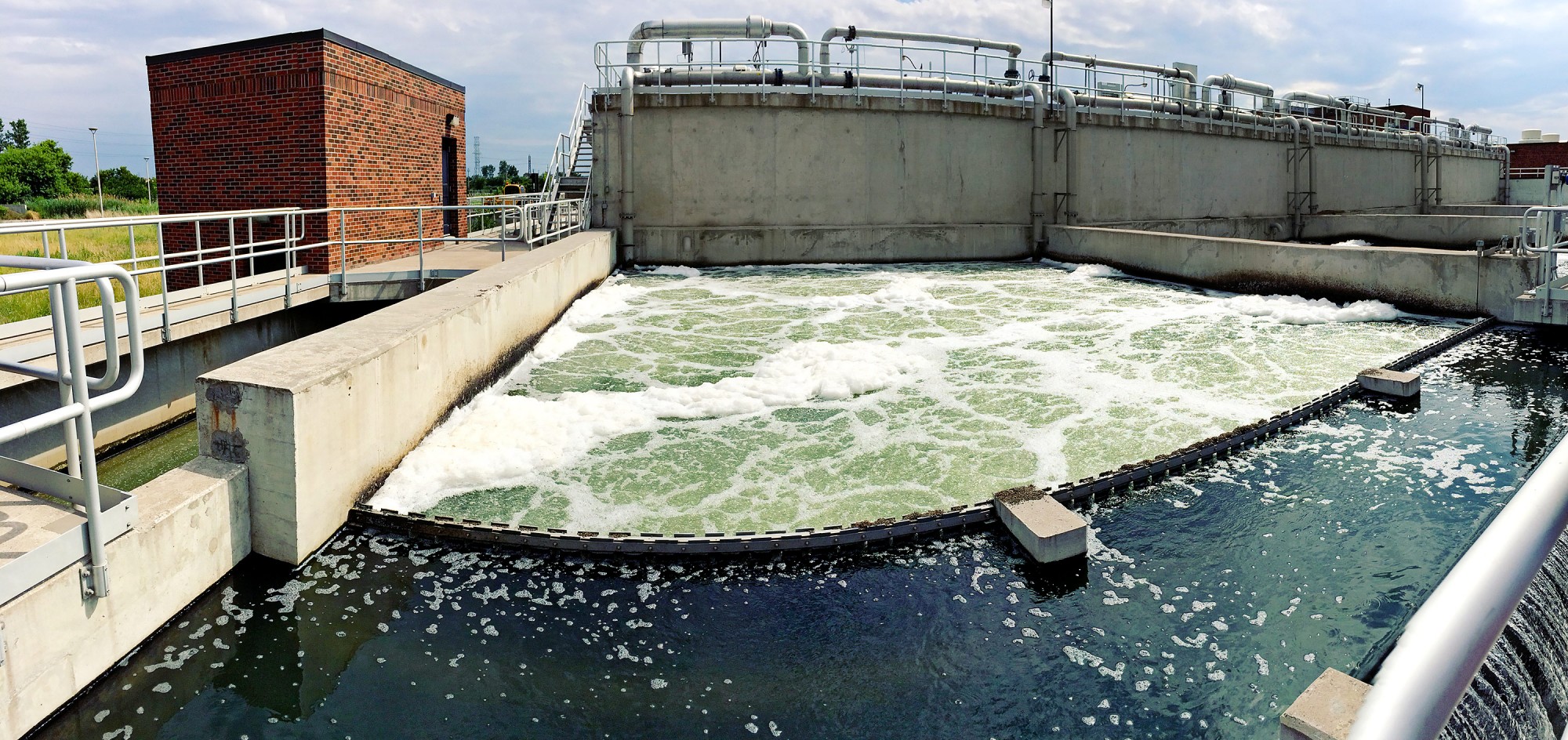
A team of UWindsor researchers is using sewage to track and create an early warning system for the community spread of COVID-19.
Mike McKay, executive director of UWindsor’s Great Lakes Institute for Environmental Research, is leading the project in conjunction with civil and environmental engineering professors, Nihar Biswas and Rajesh Seth and researchers from UWindsor’s Faculty of Science and the University of Tennessee.
Early into the pandemic, Dr. McKay recognized you can determine trends in the infection rates in a given community by detecting the presence of the virus’s genetic signature in the sewage entering wastewater treatment plants.
— Published on Jan 4th, 2021

A screenshot shows the Ed Lumley Centre for Engineering Innovation students created in Minecraft.
The University of Windsor Engineering Students’ Society is bringing campus to the screens of students learning from home.
The society has created a replica of the University of Windsor campus on Minecraft — a video game that allows you to create a virtual world with Java programming.
Students can explore each floor of the Ed Lumley Centre for Engineering Innovation and take a stroll through UWindsor’s campus peppered with lush trees, flower beds and even its Promise campaign billboards.
“Since we are all stuck inside on our computers for the remainder of the semester, it’s important to keep the sense of campus community,” says Theo Sancartier, president of the Engineering Students’ Society.
“With this Minecraft server, we hope to have students interacting in a way no one thought of before.”
Sancartier says the society’s executive committee and other volunteers spent the entire summer creating the server to ensure incoming students had a memorable experience and felt connected to campus.
— Published on Mar 15th, 2021
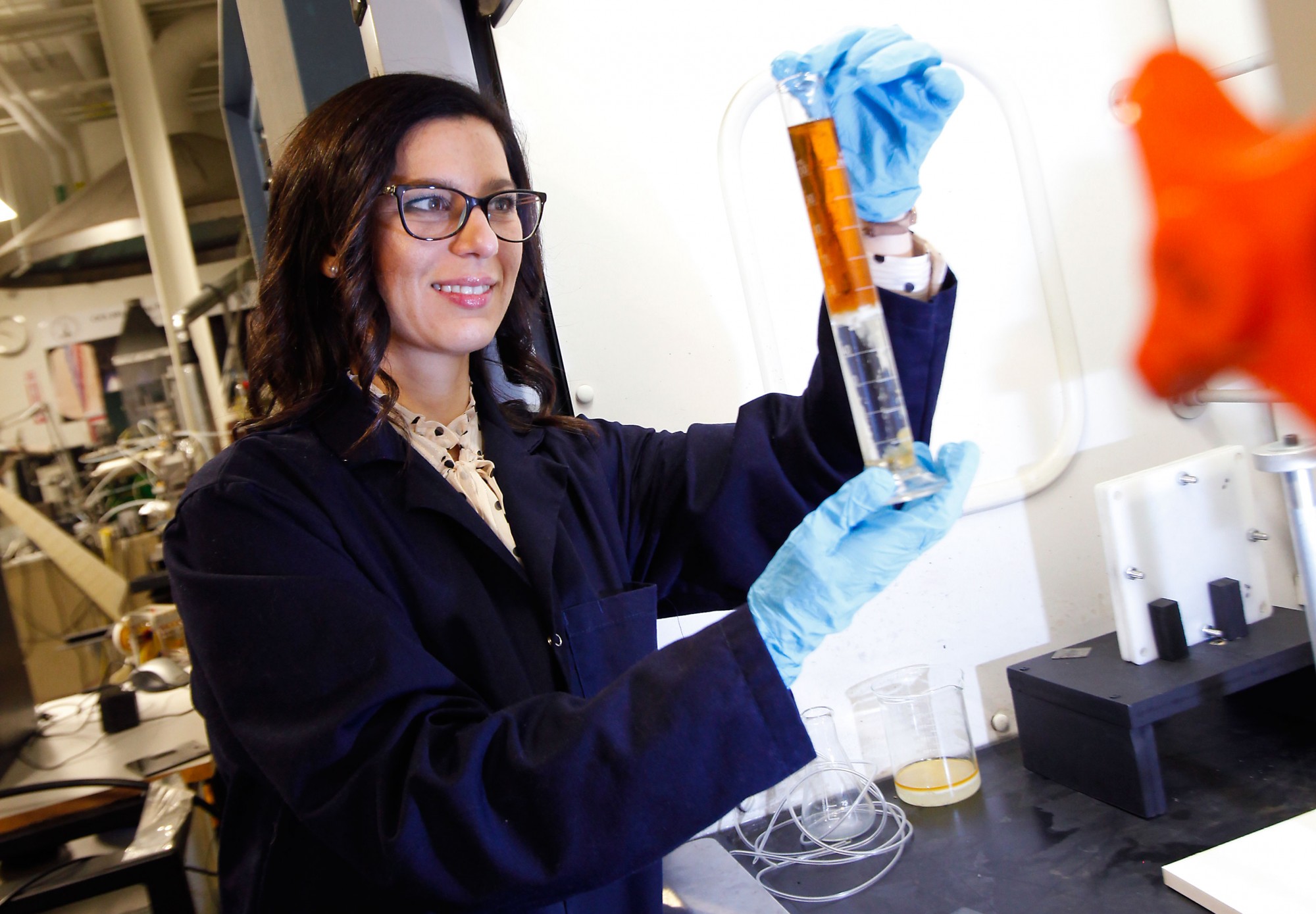
From cost-effective, electric vehicles with superior torque density and performance to energy-absorbing devices that can save lives in automotive crashes or bomb explosions, more than $3.2 million in federal funding will advance University of Windsor research at the forefront of Canadian engineering innovation.
Seventeen researchers in the university’s Faculty of Engineering received funding through the Natural Science and Engineering Research Council of Canada’s five-year term Discovery Grants and the Research Tools and Instruments Grant program.
Dr. Bill Altenhof, who specializes in mechanical and materials engineering, is developing high performing adaptive structural energy absorbing devices that can adjust force and displacement response as needed. These responsive materials have the potential to mitigate serious injuries or death as a result of falls, automotive crashes, pedestrian impacts, blasts or bomb explosions.
— Published on Jan 5th, 2021

Pamela Nadin-Mcintyre was introduced to the importance of innovation and its role in business at a young age.
As a daughter of a Windsor tool and die business owner, she remembers watching her dad brainstorm and execute countless ideas to drive business and stay competitive.
Decades later and three provinces away, she is the innovation lead — in addition to safety, technical safety, and risk management — for Canada’s largest independent crude oil and natural gas producer, Canadian Natural Resources Limited (Canadian Natural).
“My dad’s the one who really helped push me in this direction,” says Nadin- McIntyre BASc ’86.
In addition to ensuring the right systems are in place to maintain the safety of people across Canadian Natural’s operations, she leads dedicated teams that are focused on improving the company’s environmental performance through technology and innovation. And for someone who is passionate about the environment, it’s more than just a job.
— Published on Jan 5th, 2021
A UWindsor adjunct professor will be the first Canadian to lead an international educational and scientific organization dedicated to ozone technology.
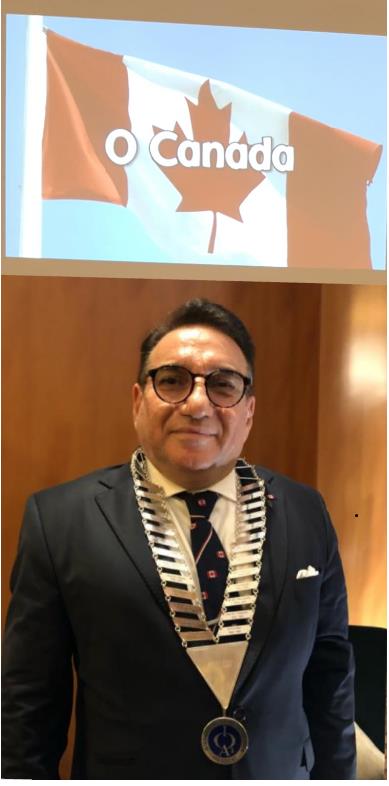 Saad Y. Jasim was inaugurated as the president of the International Ozone Association during its World Congress and Exhibition, held Oct. 20 to 25 in Nice, France. He will start his two-year term as president in January 2020.
Saad Y. Jasim was inaugurated as the president of the International Ozone Association during its World Congress and Exhibition, held Oct. 20 to 25 in Nice, France. He will start his two-year term as president in January 2020.
“It will be my duty to provide education and knowledge to different sectors in the world and make sure that knowledge transfer is the aim of our work,” says Dr. Jasim, who has served as a UWindsor adjunct professor since 1996. “I would like to make a difference. That is what I believe I was able to do in places like Windsor and Walkerton, Ont.”
Jasim introduced ozone to drinking water in Windsor in 2001 when he served as the Windsor Utilities Commission’s director of water quality and production. Since then, the City of Windsor has repeatedly won Best Tasting Water in a competition organized by the Ontario Water Works Association. In 2004, Jasim designed an ozone system in Leamington for a 14-acre greenhouse, recycling more than 25,000 gallons of discharged water.
— Published on Dec 20th, 2020
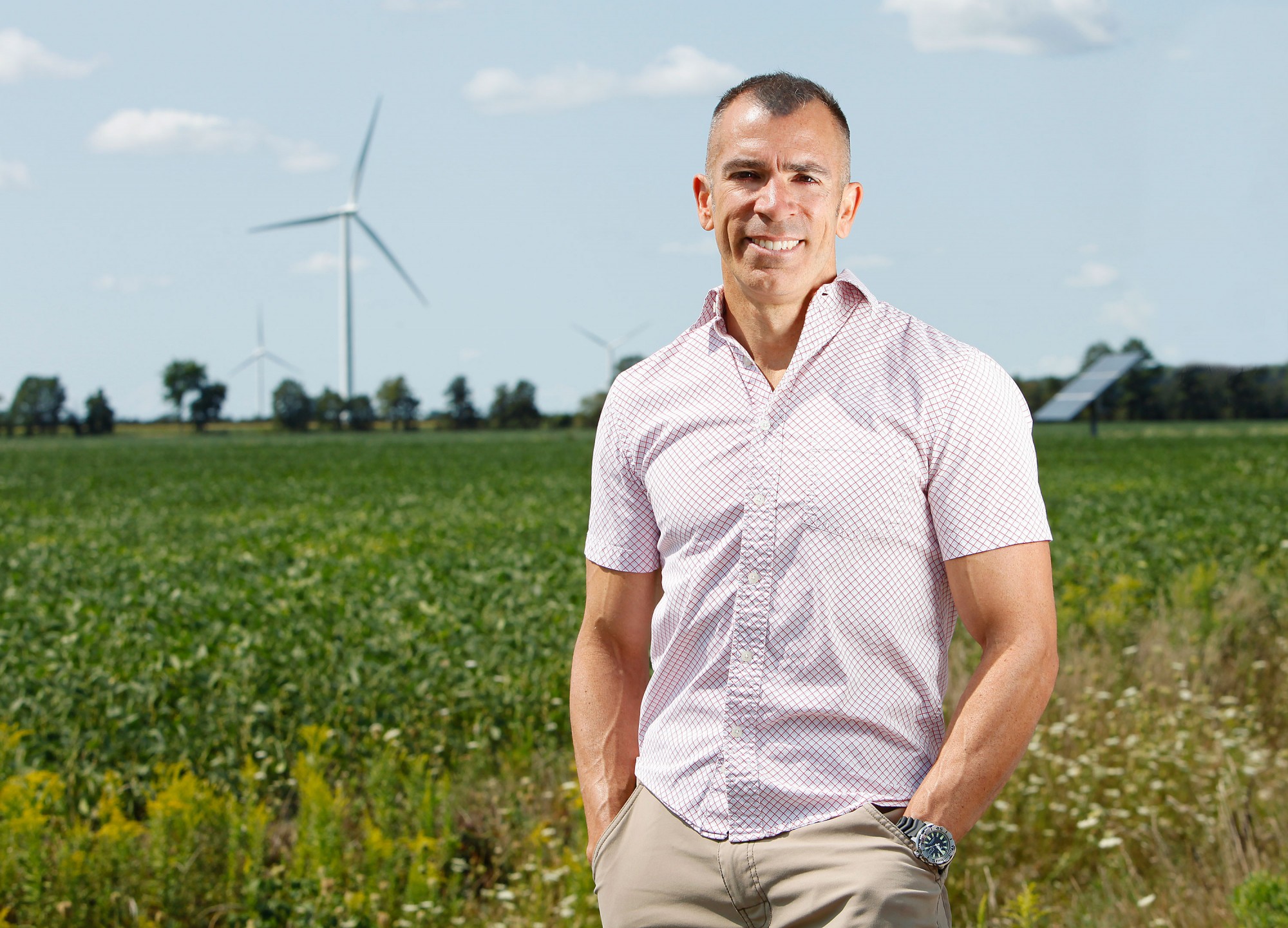
What if electric vehicles are in every Canadian driveway? Solar shingles on every roof? What if you purchase your energy from your neighbour and not your utility?
His work to advance the nation’s energy economy has won a University of Windsor engineering professor recognition as a Canadian leader in sustainability.
Rupp Carriveau was among 50 honourees to receive a Canada Clean50 award during a ceremony on Thursday, Oct. 3, at the Clean50 Summit in Toronto. The awards are distributed annually to thought leaders and advocates and sustainability trailblazers in industry, academia, government.
Dr. Carriveau was chosen after a rigorous selection process conducted by search firm Delta Management from a pool of approximately 750 nominees across Canada.
— Published on Dec 20th, 2020
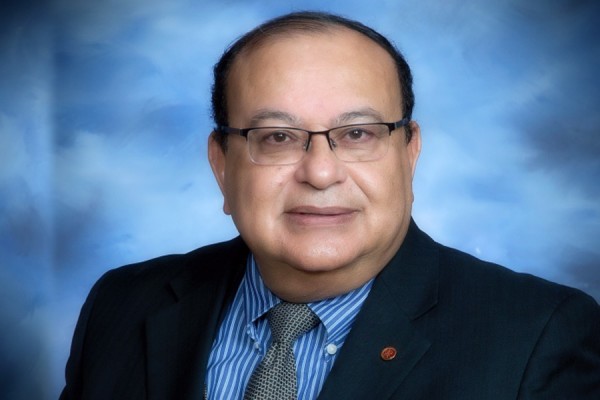
Engineers Canada has appointed Waguih ElMaraghy, UWindsor professor of mechanical, automotive, and materials engineering, as a member-at-large on the Canadian Engineering Accreditation Board.
He began a three-year term July 1.
The members of the board are volunteers drawn from academia, the public sector, and private industry, who develop criteria for the accreditation of the country’s undergraduate engineering programs.
Dr. ElMaraghy will attend the next meeting of the board Sept. 13 in St. John’s, N.L.
— Published on Dec 20th, 2020
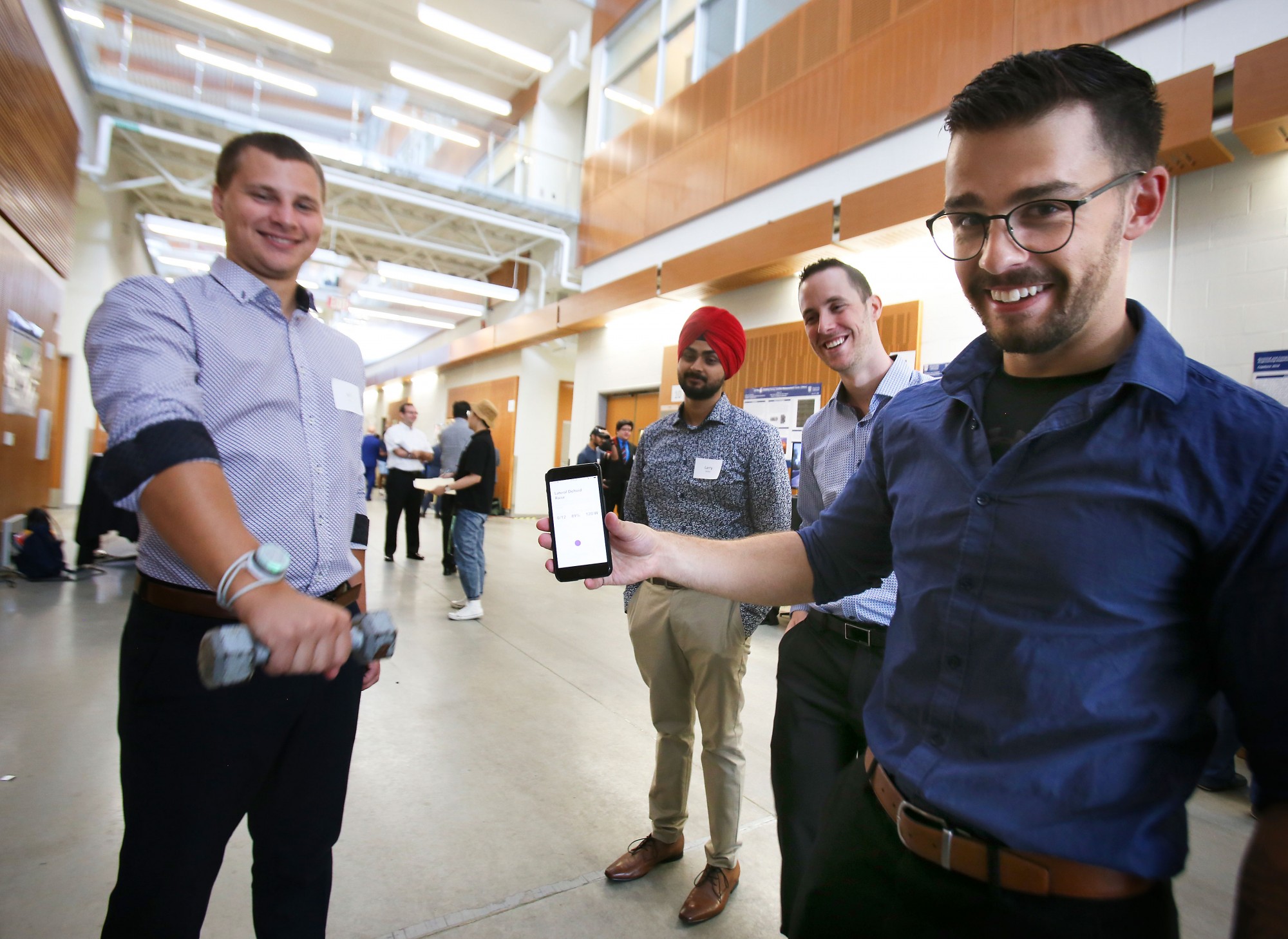
More than 100 industry and community members came to the University of Windsor Friday to learn more about student engineering projects that have real-world applications and the potential to advance technology.
The fourth-year capstone projects ranged from fitness-based wearables, autonomous vehicle technologiesand sensor systems for monitoring greenhouses to the optimization of the Chatham Water Pollution Control Plant and building energy retrofitting.
"Our project allowed us to explore a variety of practical solutions to real-world problems,” says Olivia Byrne, whose team placed second in the Water Environment Association of Ontario's annual student design competition for its optimization of the Chatham Water Pollution Control Plant. “Coming up with a competitive solution required intense dedication and organization.”
— Published on Jan 5th, 2021
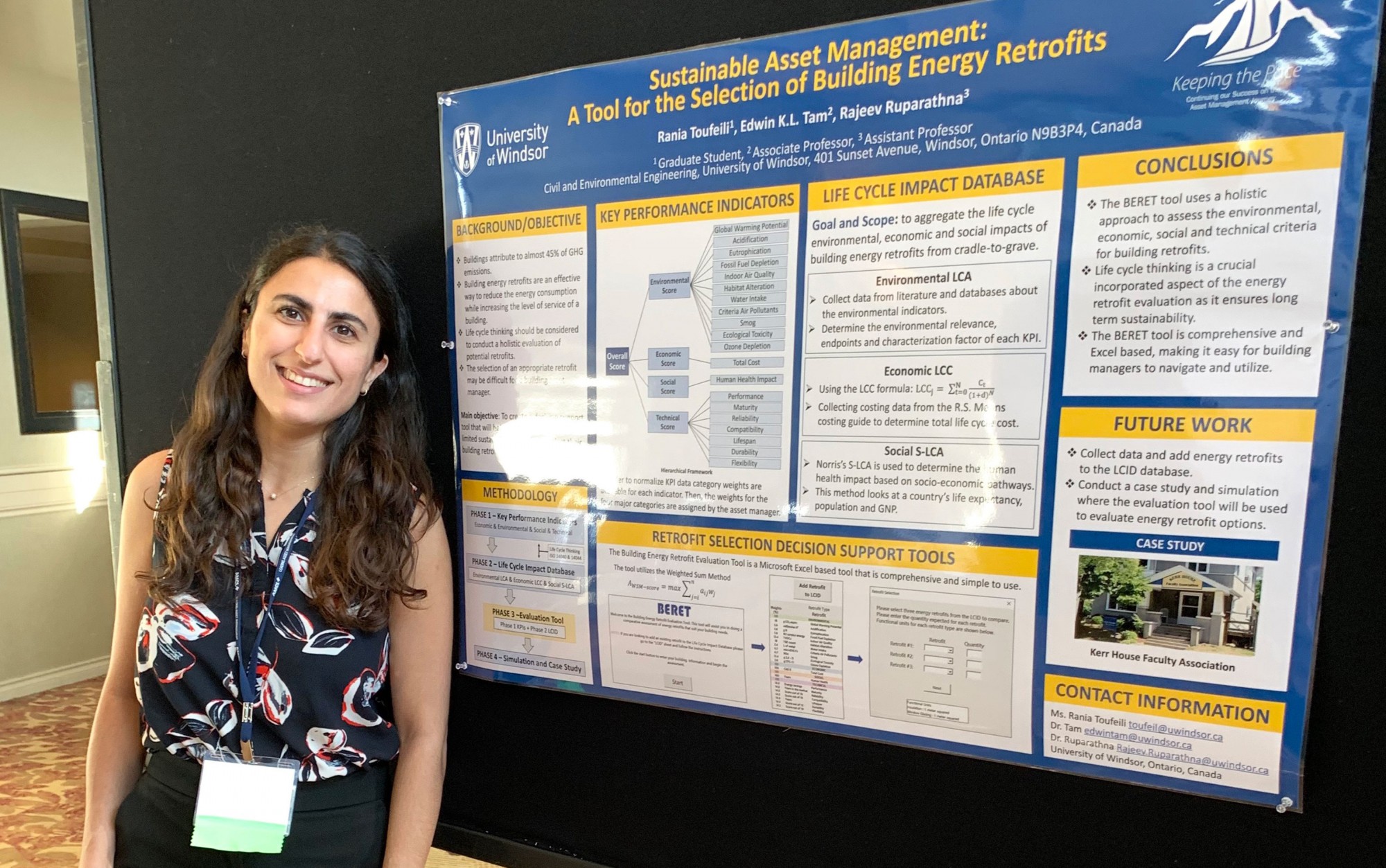
How does a building manager decide which energy retrofit is the most economical and least impactful on occupants and the environment?
Rania Toufeili has the answer. A master’s student of environmental engineering, she has designed an asset management decision support tool that can assist building managers in selecting the preferred technically feasible energy retrofit. The support tool landed her second place at the Canadian Network of Asset Managers student research symposium held May 6 to 9 in Kelowna, B.C.
“Building energy retrofits are a very effective way to decrease the energy consumption of a building and in turn decrease global greenhouse gas emissions,” Toufeili says.
Her tool combines multi-criteria decision making with life cycle thinking to develop a more comprehensive and expansive retrofit evaluation method than others on the market. The evaluation considers the energy retrofit’s environmental, economic, social, and technical performance by using a set of relevant key performance indicators.
Toufeili was selected from approximately 30 student applicants and nine student symposium presenters studying topics connected to asset management.
— Published on Jan 5th, 2021






 Saad Y. Jasim was inaugurated as the president of the
Saad Y. Jasim was inaugurated as the president of the 


